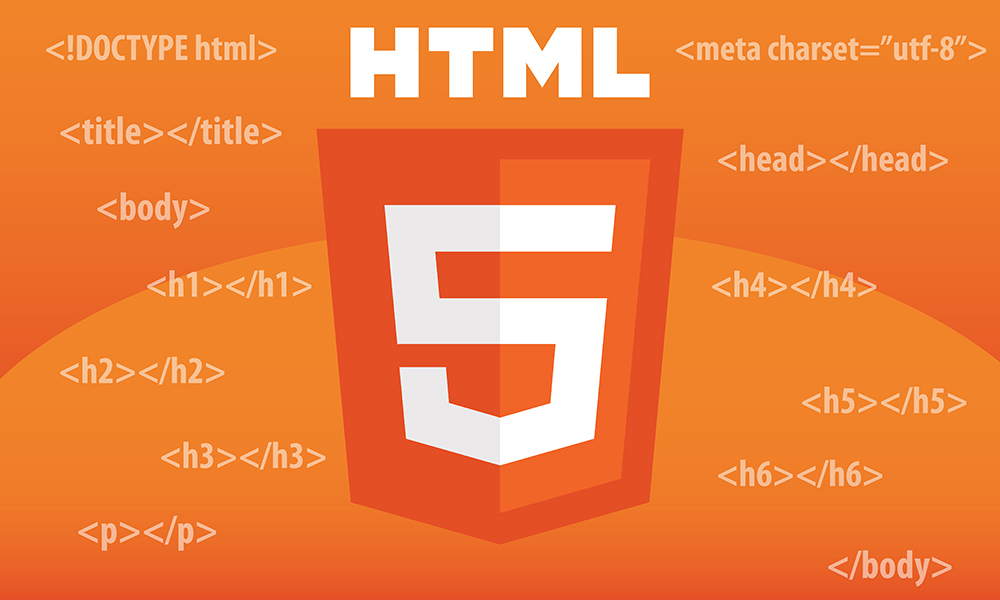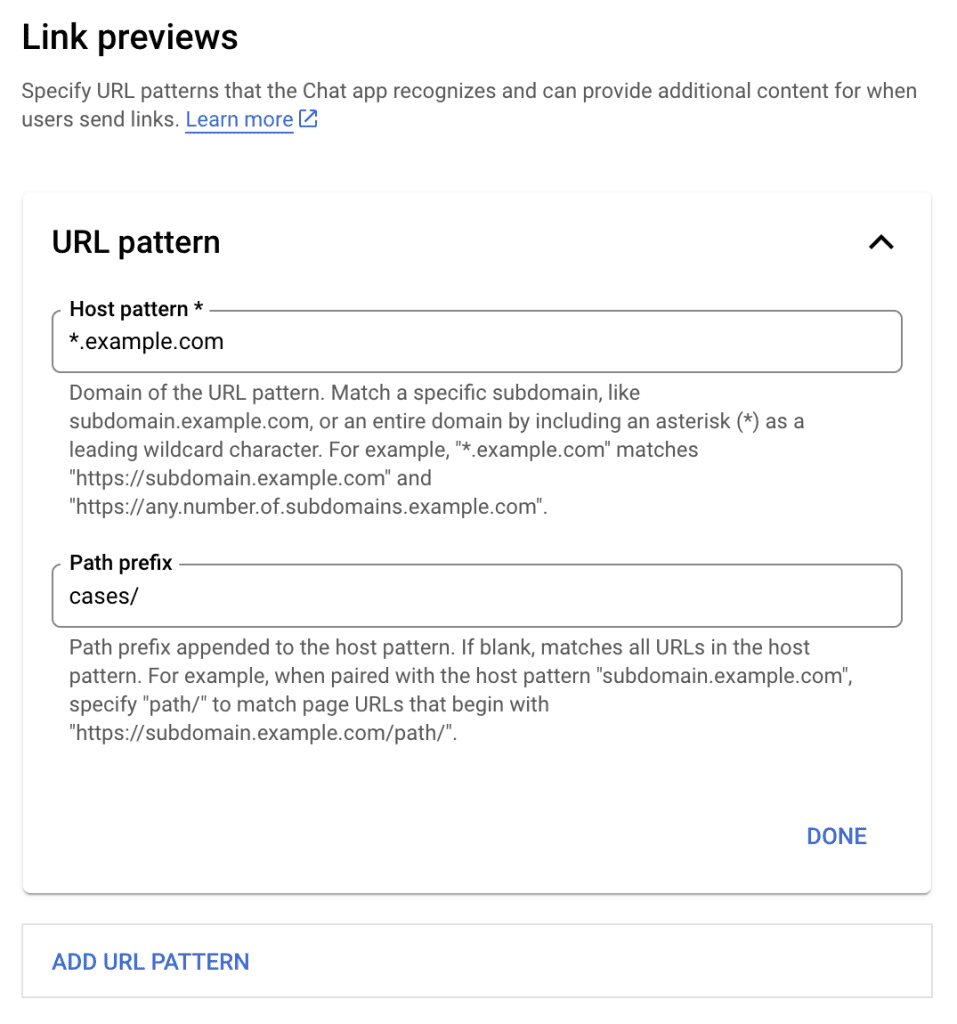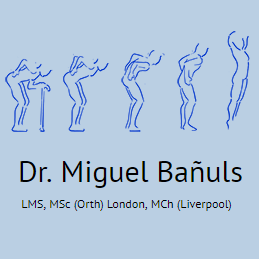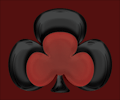Understanding HTML URL patterns is essential for anyone diving into the world of web development. These patterns, often overlooked, hold significant potential for enhancing the functionality of HTML links and navigating a site with ease. By mastering URL superpowers, developers can ensure seamless user experiences, improve site navigation, and optimize their web pages for search engines. Learning web development begins here, as understanding these core concepts paves the way for more advanced techniques. So, let’s explore how you can harness the power of HTML URL patterns to elevate your web projects.
In the realm of web design, grasping the concept of URL configurations is pivotal for effective site management. These elemental structures form the backbone of navigating web resources and are crucial for creating interactive links. By digging deeper into various link strategies, we unlock the true capabilities of navigating and controlling media files, enhancing user engagement. Adopting these principles not only fortifies your understanding of HTML but also enriches your overall skill set in digital creation. As we break down these intricate patterns, you’ll discover how they can significantly improve your web development journey.

Re-learning Basics
I love the experience of re-learning things I thought I knew. It’s like rediscovering a treasure trove buried under layers of old knowledge. Today, I delved into HTML once again, where it all begins for many budding web developers. I remember my early days of grappling with the concepts, blissfully unaware of the vast pool of information beneath the surface.
HTML is where you form the foundational blocks of your understanding. Yet, it’s easy to overlook the intricacies, like URL patterns that hold immense power. Jim Nielsen’s post served as a gentle nudge to revisit those nuances, reminding me of the endless possibilities embedded in something I thought was simple.
Understanding URL Patterns
It’s astonishing to think about just how much we often take our skills for granted. URL patterns might seem straightforward—just links, right? The variety and functionality they offer are truly remarkable. For instance, the simple anchor tag can scroll to the top of a document or reload a page while preserving information. Today, we have more capabilities than ever, and yet many of us forget to take advantage of them.
The essential patterns are there, and they can transform user experience when used cleverly. For instance, a link to data URLs can change how we reference resources or how users interact with them. Did you know a link can direct users to specific sections of video content? It’s a delightful revelation that makes navigating media much more seamless.
Diving Deeper into the Weeds
If you’re curious about why these patterns matter, do yourself a favor and read Jim’s full post. He dives into the specifications like a seasoned diver plunging into deep waters, uncovering hidden treasures that many overlook. His insights are a revelation, especially when he discusses stress testing various configurations.
What I found particularly enlightening is how the #top functionality works in HTML. If the document lacks another element with the id “top,” the browser will still scroll to the top effortlessly. This small detail encapsulates the importance of paying attention to the undercurrents of web development—it’s the kind of knowledge that can elevate your projects from basic to brilliant.
The Power of Knowledge
What I cherish most from revisiting such fundamentals is the power of knowledge—how it can bring clarity to confusion and foundation to innovation. Each interaction with these elements harkens back to earlier explorations filled with excitement yet mingled with uncertainty knows as you try to piece everything together.
Recognizing and understanding these nuances allows web developers to create more intuitive, user-friendly experiences. As we examine the elements that make up our craft, it becomes increasingly clear that there’s much more beneath the surface than initially meets the eye!
Encouragement to Explore
Thus, I leave you with one thought: never resist the urge to explore the basics again. Each time you re-examine what you thought you knew, you will find an opportunity for growth and learning. The beauty of programming and web development is that, in every line of code, every hyperlink, and every tag, there lies a vast expanse of potential.
So take the plunge! Seek out resources that challenge your perceptions, like Jim Nielsen’s latest musings. You might uncover newly significant details, surprising functionalities, and refreshing realizations that reignite your passion for web development.

The Importance of Continuous Learning in Web Development
In the fast-evolving field of web development, the need for continuous learning is paramount. Revisiting foundational elements like HTML can provide new insights and enhance your understanding of how web applications work. As highlighted in the content, even seasoned developers can discover new nuances within seemingly straightforward topics such as URL patterns. This not only enriches our knowledge but also equips us with better tools to create more robust web applications.
Reflecting on what we thought we knew can unlock a treasure trove of information that has likely been overlooked. It’s easy to become complacent after grasping core concepts, yet by taking a deeper dive, as suggested by Jim Nielsen, we can uncover functionalities that enhance usability and performance. Ultimately, this relentless pursuit of knowledge is what sets great developers apart from the rest.
Key Takeaways from URL Patterns and Their Significance
The discussion about URL patterns serves as a reminder of the subtle yet powerful aspects of web development that can often be taken for granted. For instance, the various URL patterns outlined—including links that scroll to the top of a document, preserve search strings, or target specific media segments—each have unique implications for user experience. Understanding these patterns not only helps developers create more intuitive applications but also empowers users to navigate web content more effectively.
Moreover, the invitation to explore deeper through external resources, such as Nielsen’s comprehensive post, is invaluable. By examining the specifications and experimenting with these configurations, developers can find themselves equipped with a more profound understanding and practical knowledge. In a field where details can make or break a project, being well-versed in these nuances ensures that developers remain at the cutting edge, continually improving their craft.















